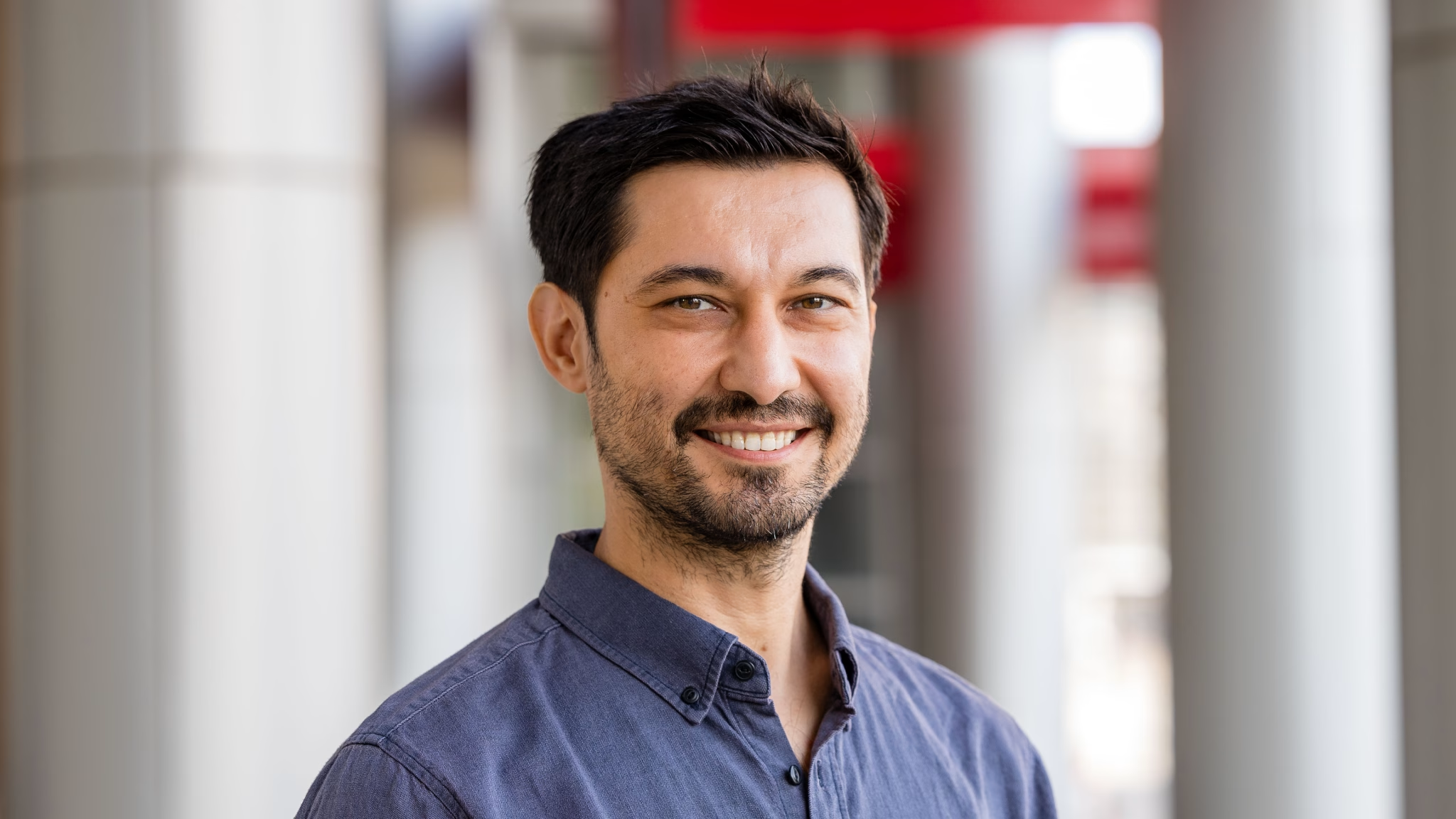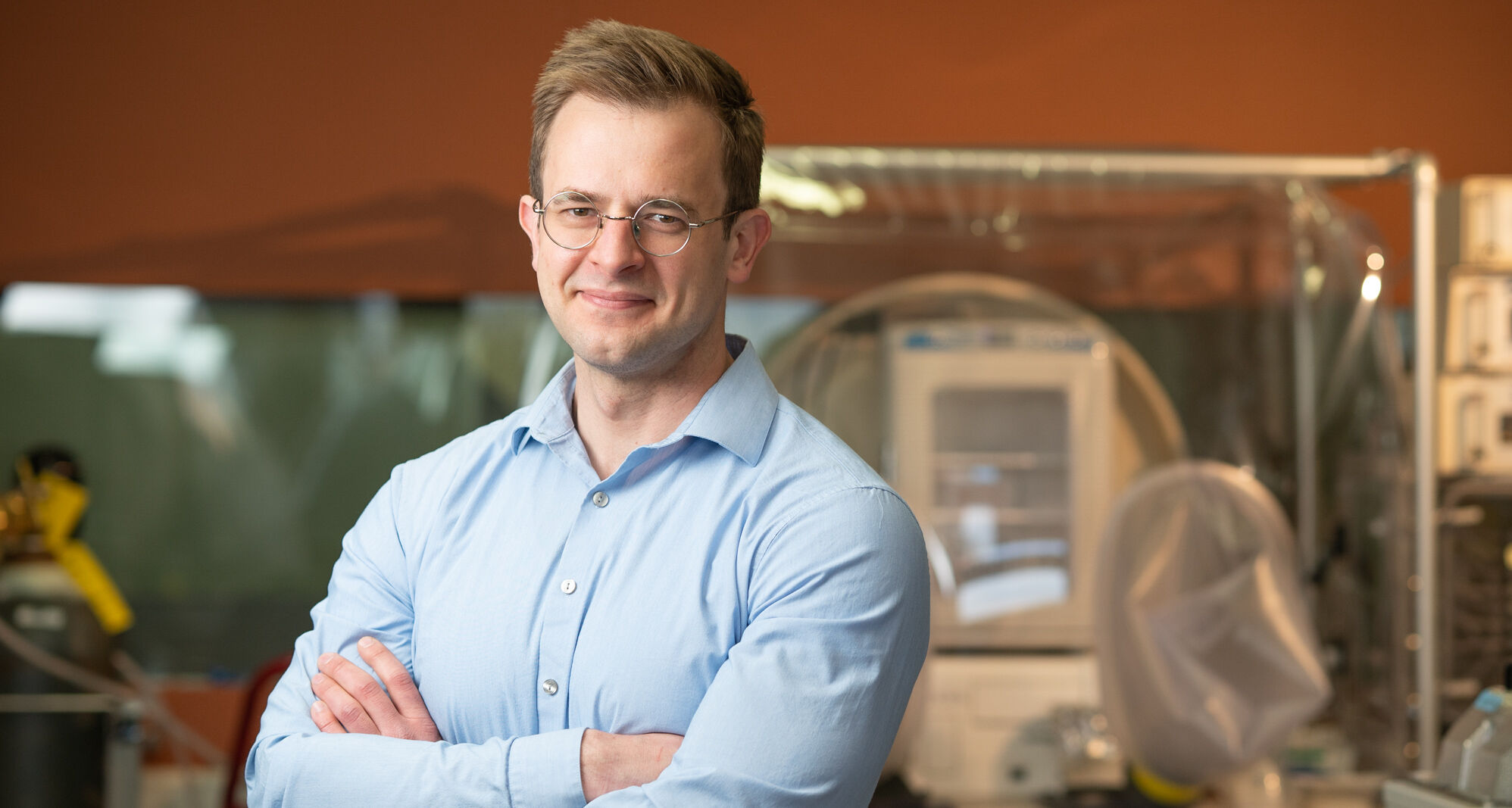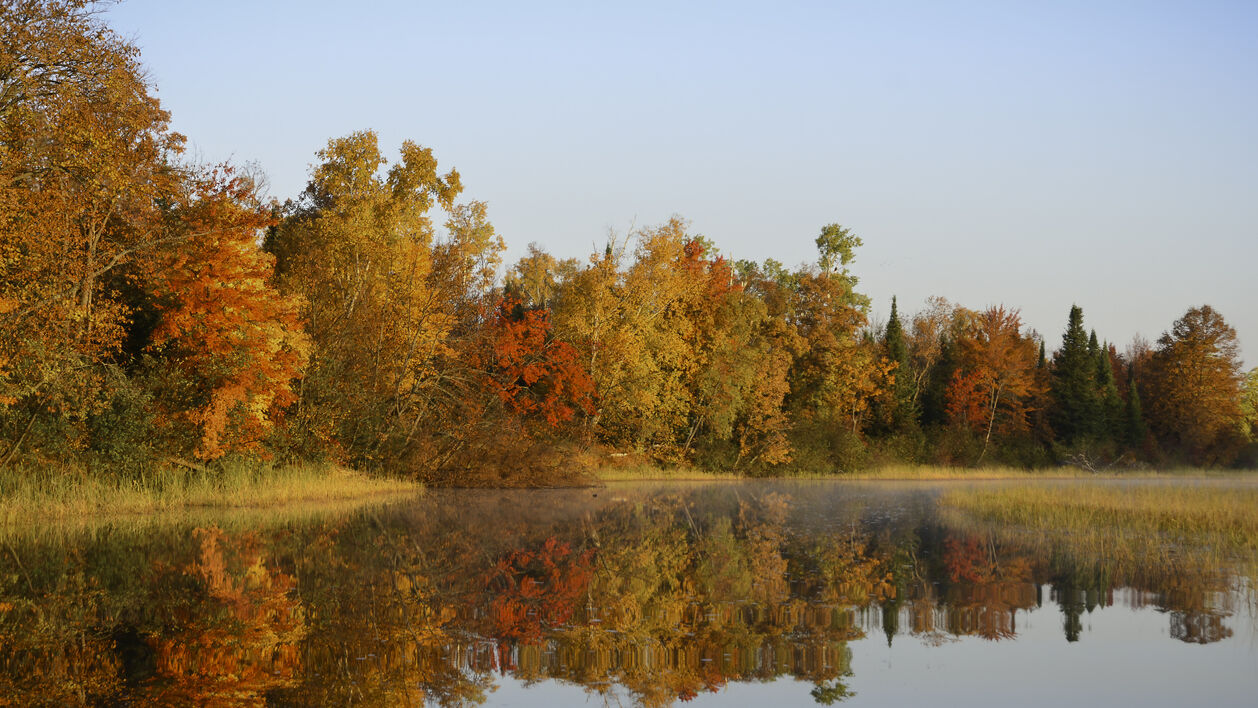NSF Grant Takes Scientific Approach to Public Engagement with Science
A grant from the National Science Foundation will help a team of researchers at the University of Wisconsin–Madison discover the factors that contribute to successful public engagement with science endeavors. In particular, the team is interested in learning what motivations and experiences mold the profiles of scientists who engage successfully with the public.
UW–Madison has a long tradition of science integrating with the broader community, fueled in part by the Wisconsin Idea, the tenet that research at the university should connect to and benefit all citizens. Fulfilling that promise has long been a mission of both the Wisconsin Institute for Discovery and the Wisconsin Alumni Research Foundation, but growing the impact of these activities has been limited by as-yet unanswered questions about how to rigorously identify, nurture, and deploy researchers as ambassadors for their science.
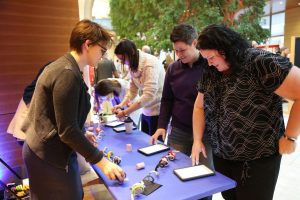 Social science research has suggested that a factor that influences public support for science is the extent to which people feel they can relate to the scientists they encounter. But the scientists who participate in outreach activities have unique experiences, backgrounds, and capabilities — what combinations of traits and skills make for successful engagements?
Social science research has suggested that a factor that influences public support for science is the extent to which people feel they can relate to the scientists they encounter. But the scientists who participate in outreach activities have unique experiences, backgrounds, and capabilities — what combinations of traits and skills make for successful engagements?
The new grant, awarded this fall from the NSF’s Early-concept Grants for Exploratory Research program, supports efforts to understand the profile of researchers who participate in public engagement with science activities. The team, led by professor and chair of the life sciences communication department Dominique Brossard, director of programming at the Wisconsin Alumni Research Foundation Laura Heisler, WARF Education & Outreach Manager Travis Tangen, associate professor of curriculum and instruction Noah Feinstein, Taylor-Bascom Chair & Director of Undergraduate Studies in the Department of Life Sciences Communication Dietram Scheufele, and WID director Jo Handelsman, are collecting data and measuring participation in and effectiveness of public engagement opportunities and quantifying the connected variables.
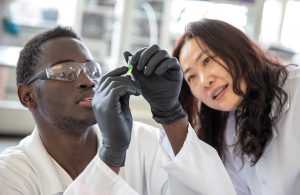
Xuehua Zhong, associate professor of genetics, and high school summer science camp participant Sadiq Wanyaka look at a solution of supernatant and isopropanol during a DNA extraction experiment at the Discovery Building on the UW–Madison campus. Photo by Michael P. King
Part of the impetus for the study was a recognition that when members of the public do not see themselves reflected in the scientists they encounter at outreach events, they are less likely to participate, resulting in less inclusive — and ultimately less successful — engagement efforts. Heisler, who is the director of the Wisconsin Science Festival and who manages hundreds of science outreach events every year, believes that in order to reach more diverse audiences, events must showcase a broader definition of a scientist. “It’s all about providing an inclusive environment, and so we thought, ‘let’s put our emphasis on broadening the diversity of the presenter corps,’” says Heisler. “That’s really the driver: trying to diversify scientists that do public engagement.”
Handelsman, who boasts an extensive background in evidence-based teaching and mentoring, believes the factors that contribute to a scientist’s outreach success may be manifold. “It may be characteristics of the environment like a department chair or a student’s advisor who encourages them or discourages them,” says Handelsman. “It could be the field of science they’re in, or it could be the kinds of events where they feel most comfortable.”
Brossard agrees that the factors predicting meaningful public engagement from scientists are complex and worth exploring in depth. “Ultimately these are social sciences research questions that will be answered only with a rigorous approach,” says Brossard. “I am really pleased to be able to do so with this interdisciplinary team.” A validated pilot measure developed by Brossard and colleagues will be used and refined. Data about frequency of public engagement, attitudes about outreach, factors that influence those attitudes, and more will help to shape the profile of ideal candidates or engagement activities.
The insights from the project will elucidate archetypes of promising public engagement with science participants, but may also prescribe the type of training experiences that should be provided to scientists who want to engage with the public. “Gaining better insights into what supports have a higher impact for researchers’ broader impacts plans would be extremely valuable for the public engagement with science components of grant-funded projects; especially from federal agencies such as the National Science Foundation,” says Tangen, who helps researchers develop their Broader Impacts plans. And, the research results should help program leaders like Heisler train and recruit more diverse, engaged scientists and identify opportunities to find further support of initiatives like the Illuminating Discovery science communication course offered to trainees at the Wisconsin Institute for Discovery and the Morgridge Institute for Research.
Introducing rigorous social scientific tools into the conversation about science engagement allows for an evidence-based approach that is more likely to lead to additional grants for enrichment programs, bringing more diversity to public engagement with science and continuing to move the Wisconsin Idea forward.
— Patricia Pointer & Nolan Lendved

